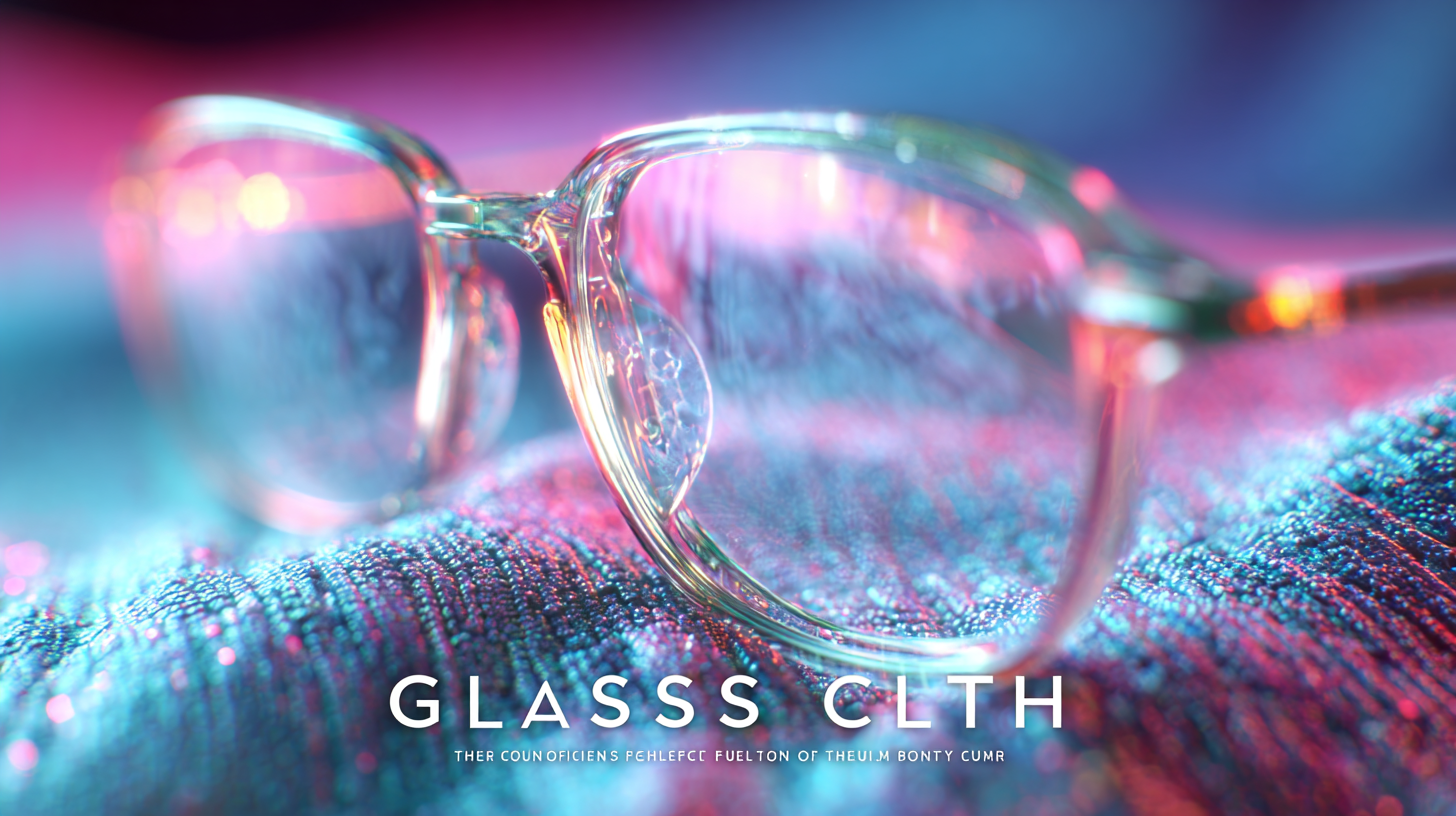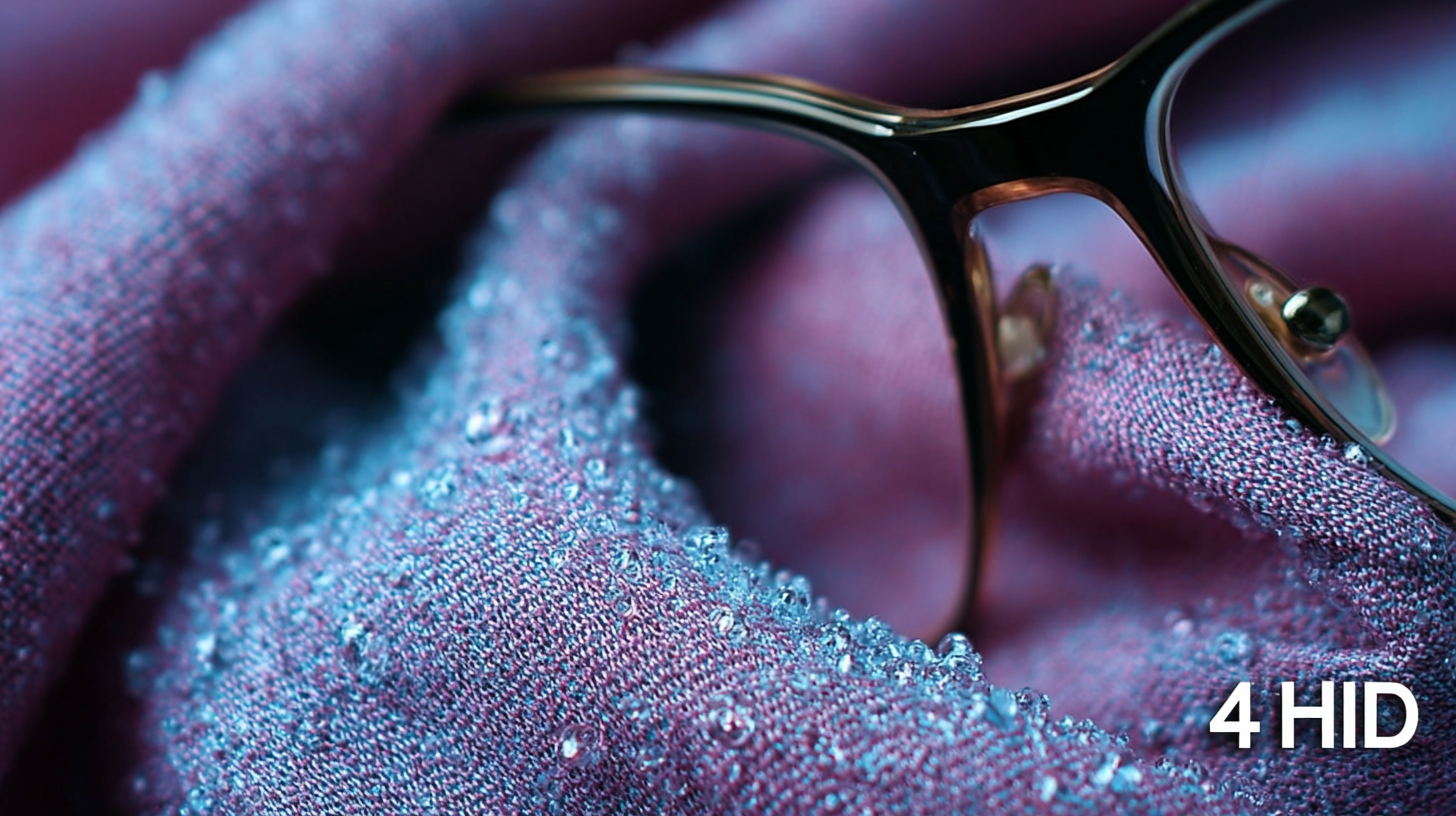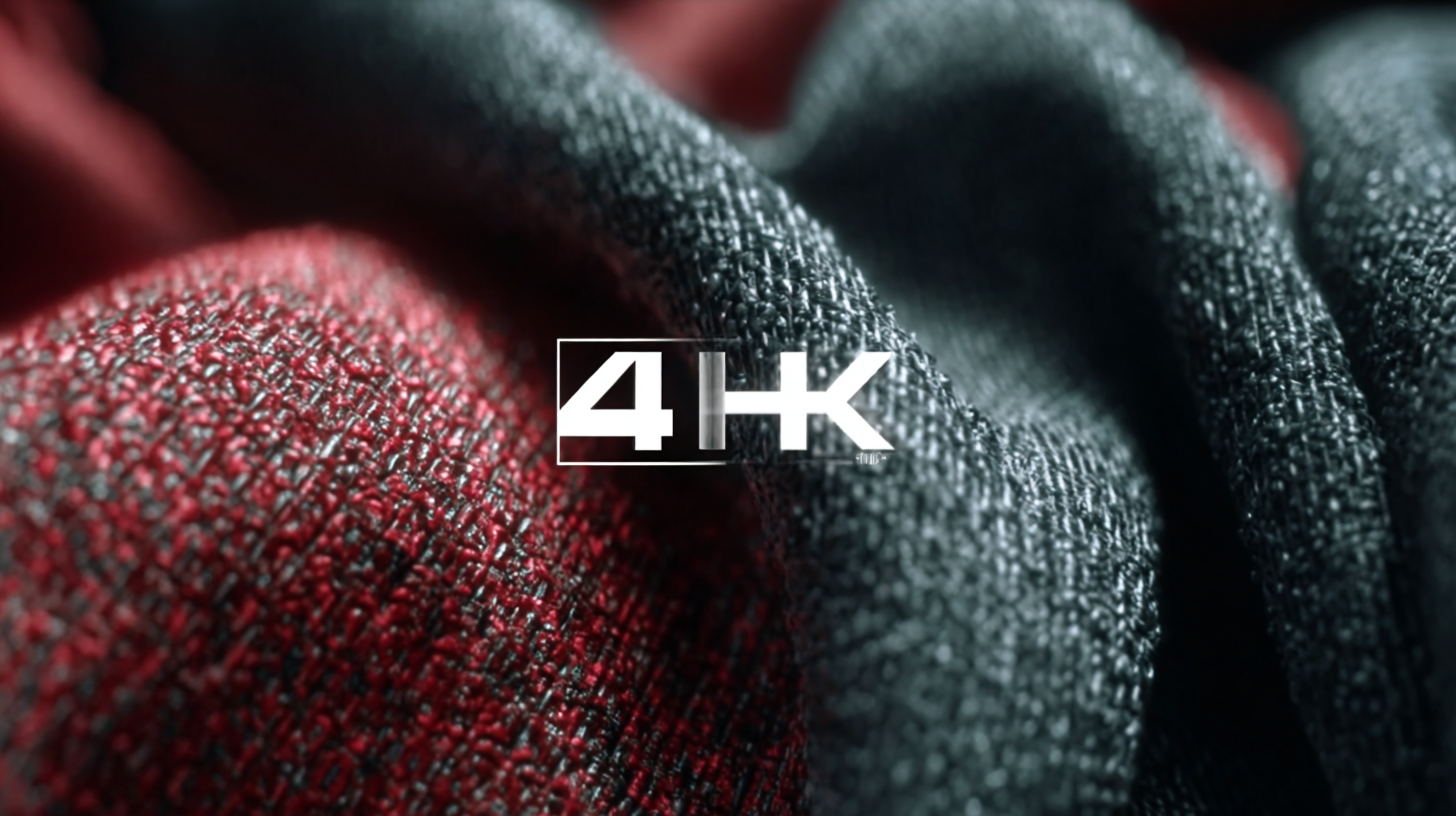Unveiling the Technical Specifications of the Ultimate Glasses Cloth for Global Buyers
In today's fast-paced world, where optimization and efficiency reign supreme, even the smallest accessories can make a significant impact on our daily lives. One such seemingly unassuming item is the Glasses Cloth, an essential tool for anyone who wears spectacles or uses digital screens. As the demand for high-quality eyewear continues to rise globally, understanding the technical specifications of the ultimate Glasses Cloth becomes crucial for buyers looking for the perfect blend of functionality and quality.

This ultimate guide will delve into the key features that define an exceptional Glasses Cloth, exploring materials, weave patterns, and usability, ensuring that consumers are well-informed when making their purchases. Whether you are a casual glasses wearer or a dedicated enthusiast of optical care, this comprehensive overview aims to illuminate the critical factors that contribute to the effectiveness and durability of Glasses Cloths on the market today.
The Importance of Material Composition in Premium Glasses Cloths
When it comes to maintaining the pristine condition of eyeglasses, the
material composition of cleaning cloths plays a pivotal role.
Premium glasses cloths are often crafted from specific materials, each carefully chosen for their unique properties.
Microfiber has emerged as a favored option due to its ultra-fine fibers that trap dust, oil, and dirt particles without scratching the delicate surfaces of lenses.
This gentle yet effective cleaning action is crucial for protecting the investment in high-quality eyewear.
Additionally, the weave of the fabric contributes significantly to the cloth's performance.
A denser weave can enhance the cleaning capabilities, ensuring that smudges are wiped away effortlessly.
Some manufacturers even incorporate special coatings or treatments into their cloths, which can repel water and minimize staining.
Understanding these technical specifications enables consumers to select the best glasses cloth for their needs, ultimately prolonging the life of their lenses and enhancing their visual experience.
With the right material composition, users can enjoy crystal-clear optics every time they reach for their eyewear.
Analyzing the Performance: Absorbency and Streak-Free Properties of Top Types
When it comes to maintaining the clarity of your lenses, the choice of a glasses cloth plays a critical role. Not all glasses cloths are created equal, and understanding their absorbency and streak-free properties can significantly enhance your cleaning routine. The best types of glasses cloths are often made from microfiber materials, which are designed to trap and lift dirt, oils, and smudges without scratching the delicate surfaces of your eyewear. The superior absorbency of these cloths ensures that they quickly soak up moisture, leaving your lenses dry and spotless.
Moreover, the streak-free performance of a glasses cloth is paramount for a pristine finish. High-quality microfiber cloths have tightly woven fibers that create a smooth surface, allowing for a streak-free experience upon cleaning. This is essential not just for aesthetic purposes but also for optimal vision. When shopping for glasses cloths, look for those that are labeled ‘lint-free’ and ‘non-abrasive’ to guarantee a flawless end result. By selecting the right glasses cloth, global buyers can ensure their eyewear remains clear, crisp, and ready for any occasion.
Durability Metrics: Comparing Lifespan of Various Glasses Cloth Fibers
When it comes to maintaining the pristine condition of glasses and screens, the choice of cleaning cloth plays a significant role, particularly in terms of durability. Recent industry reports indicate that microfiber cloths, made from a blend of polyester and polyamide, boast an impressive lifespan that can reach up to 500 washes, demonstrating their resilience compared to traditional cotton cloths, which tend to fray and lose effectiveness after just 50 to 100 washes. This substantial difference underscores the economic advantage and environmental sustainability of opting for high-quality microfiber options.
Furthermore, innovative fibers like those produced by brands such as 3M have developed proprietary cleaning technologies that enhance the durability of their cloths. According to a study published by the Textile Research Journal, specialized microfiber cloths can maintain their cleaning efficacy and structural integrity over extended periods, even after repeated laundering. This makes them an ideal choice for global consumers seeking long-lasting solutions for lens care, emphasizing the importance of fiber technology in prolonging the life cycle of cleaning materials. By investing in high-quality glasses cloths, users can enjoy clearer lenses without compromising on sustainability or performance.
Environmental Impact: Sustainability Practices in Glasses Cloth Production
In the growing market for glasses cloths, sustainability plays a pivotal role in determining which products resonate with environmentally conscious consumers. The production of these cloths has traditionally relied on non-renewable resources and processes that can harm the planet. However, leading manufacturers are pivoting towards eco-friendly alternatives that prioritize reduced environmental impact through the use of sustainable materials. Recycled fabrics and organic fibers are now common features, reflecting a commitment to conserving resources and minimizing waste.
Moreover, sustainable production practices extend beyond materials to the manufacturing process itself. Many companies invest in energy-efficient technologies to lower their carbon footprints, as well as waste reduction initiatives that aim to limit excess material usage. Even packaging solutions are being reimagined, with biodegradable or recyclable options taking precedence over conventional plastic. This comprehensive approach not only enhances the appeal of the glasses cloth but also empowers consumers to make responsible purchasing choices that align with their values of sustainability and environmental stewardship.

Market Trends: Consumer Preferences for Tech-Savvy Glasses Cloth Solutions
As the demand for tech-savvy glasses cloth solutions grows, understanding consumer preferences becomes paramount. The global market for protective films is projected to reach approximately $4.77 billion by 2025 and further increase to about $6.12 billion by 2033. This shift reflects a significant consumer inclination towards products that not only offer protection but also emphasize quality and sustainability.
Additionally, the colored contact lens market illustrates similar trends, expected to grow by $7.8 billion with a compound annual growth rate (CAGR) of 3.97% from 2024 to 2032. As consumers become more environmentally conscious, this preference extends to glasses cloth products that prioritize eco-friendly materials and innovation.
Tips: When selecting glasses cloth, look for options made from biodegradable or recycled materials to support sustainability. Engaging with brands that promote transparency about their sourcing can also enhance your purchasing decisions. Lastly, consider the texture and coating of the cloth, as these features significantly impact performance in cleaning and protecting your eyewear.

